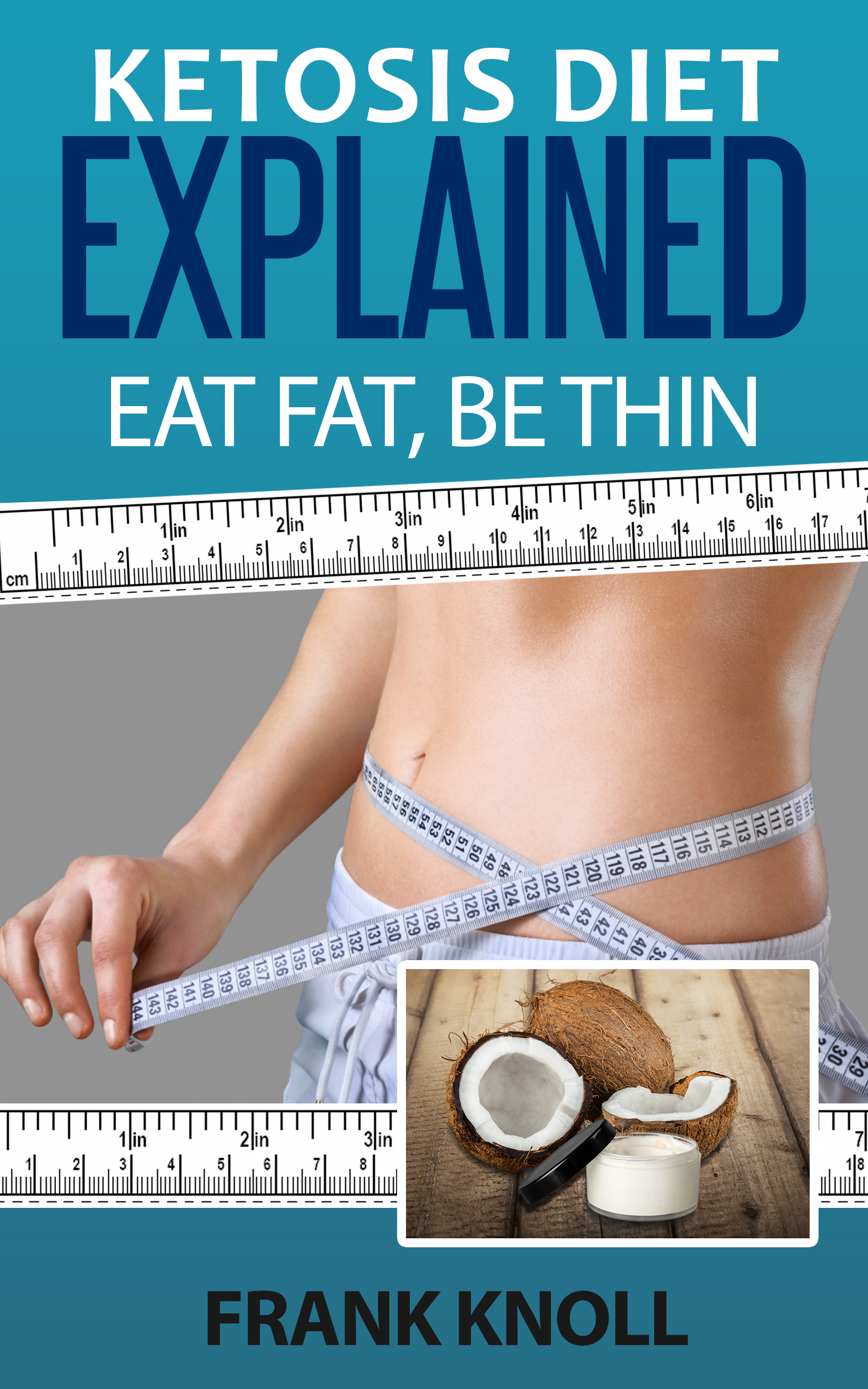
Making The Ketogenic Work For You
The Truth
Ketogenic Diets (more specifically Cyclic Ketogenic Diets) are most effective for achieving rapid, ultra low body fat levels with maximum muscle retention! Now, as with all such general statements, there are circumstantial exceptions. But done right, which they rarely are, the fat loss achievable on a ketogenic diet is nothing short of staggering! And, despite what people might tell you, you will also enjoy incredible high energy and overall sense of wellbeing.
The Perception
Despite these promises, more bodybuilders/shapers have had negative experiences than having seen positive results. The main criticisms are:
• Chronic lethargy
• Unbearable hunger
• Massive decrease in gym performance
• Severe muscle loss
All these criticisms result from a failure to heed the caveat: Ketogenic Diets must be done right! It must be realized they are an entirely unique metabolic modality that adheres to none of the previously accepted ‘rules’ of dieting. And there is no going half-way; 50 grams of carbohydrates per day plus high protein intake is NOT ketogenic!
So, how are ketogenic diets ‘done right’? Let’s quickly look at how they work.
OVERVIEW OF KETOSIS:
Simply, our body, organs, muscles and brain can use either glucose or ketones for fuel. It is the function of the liver and pancreas (primarily) to regulate that fuel supply and they show a strong bias toward sticking with glucose.
Glucose is the ‘preferred’ fuel because it is derived in abundance from the diet and readily available readily from liver and muscle stores. Ketones have to be deliberately synthesized by the liver, but the liver can easily synthesize glucose (a process known as ‘gluconeogenesis’ that uses amino acids (protein) or other metabolic intermediaries) too.
We don’t get beta hydroxybutyrate, acetone, or acetoacetate (ketones) from the diet. The liver synthesizes them only under duress, as a last measure in conditions of severe glucose deprivation, like starvation. For the liver to be convinced that ketones are the order of the day, several conditions must be met:
• Blood glucose must fall below 50mg/dl
• Low blood glucose must result in low Insulin and elevated Glucagon
• Liver glycogen must be low or ’empty’
• A plentiful supply of gluconeogenic substrates must NOT be available
At this point, it is important to mention that it is not actually a question of being ‘in’ or ‘out’ of ketosis. We don’t either totally run on ketones, or not. It is a gradual and careful transition so that the brain is constantly and evenly fuelled… ideally. Ketones SHOULD be produced in small amounts from blood glucose levels of about 60mg/dl. We consider ourselves in ketosis when there are greater concentrations of ketones than glucose in the blood.
The reality is that most people, especially weight trainers, have had a regular intake of glucose for a good couple of decades, at least. The liver is perfectly capable of producing ketones but the highly efficient gluconeogenic pathways are able to maintain low-normal blood glucose above the ketogenic threshold.
Couple this with the fact that many people are at least partially insulin resistant and have elevated fasting insulin (upper end of the normal range, anyway). The small amount of blood glucose from gluconeogenesis induces sufficient insulin release to blunt glucagon output and the production of ketones.
Sudden glucose deprivation will cause, initially, lethargy, hunger, and weakness, in most people, until ketosis is achieved. And Ketosis will not be reached until the liver is forced to quit with gluconeogenesis and start producing ketones. As long as dietary protein is sufficient, the liver will continue to produce glucose and not ketones. That’s why no carb, high protein diets are NOT ketogenic.
What Is So Great About Ketosis Anyway?
When the body switches over to running primarily on ketones, a number of cool things happen:
-Lipolysis (bodyfat breakdown) is substantially increased
-Muscle catabolism (muscle loss) is substantially reduced
-Energy levels are maintained in a high and stable state
-Subcutaneous fluid (aka ‘water retention’) is eliminated
Basically, when we are in ketosis our body is using fat (ketones) to fuel everything. As such, we aren’t breaking down muscle to provide glucose. That is, muscle is being spared because it has nothing to offer. Fat is all the body needs (well, to a large extent). For the dieter, this means substantially less muscle loss than what is achievable on any other diet. Makes sense?
As a bonus, ketones yield only 7 calories per gram. This is higher than the equal mass of glucose but substantially less (22%, in fact) than the 9 calories per gram of fat from whence it came. We like metabolic inefficiencies like this. They mean we can eat more but the body doesn’t get the calories.
Even cooler is that ketones cannot be turned back into fatty acids. The body excretes any excess in the urine! Speaking of which, there will be quite a bit of urine. The drop in muscle glycogen, low Insulin and low aldosterone all equate to massive excretion of intra and extracellular fluid. For us that means hard, defined muscularity and quick visible results.
Regarding energy, our brain actually really likes ketones so we tend to feel fantastic in ketosis: clearheaded, alert and positive. And because there is never a shortage of fat to supply ketones, energy is high all the time. Usually you even sleep less than usual and wake up feeling more refreshed when in ketosis.
DOING IT RIGHT:
From what is said above, you will notice that to get into ketosis:
• Carbohydrate intake should be nil; Zero!
• Protein intake should be low – 25% of calories at a maximum
• Fat must account for 75%+ of calories
With low insulin (due to zero carbs) and calories at, or below maintenance, the dietary fat cannot be deposited in adipose tissues. The low-ish protein means that gluconeogenesis will quickly prove inadequate to maintain blood glucose and, whether the body likes it or not, there is still all the damned fat to burn.
And burn it does. The high dietary fat is oxidized for cellular energy in the normal fashion but winds up generating quantities of Acetyl-CoA that exceed the capacity of the TCA cycle. The significant result is ketogenesis, synthesis of ketones from the excess Acetyl-CoA. In more lay terms: the high fat intake ”forces” ketosis upon the body. This is how it’s done right.
Now you just have to throw out what you thought was true about fats. Firstly, fat does not ”make you fat”. Most of the information about the evils of saturated fats, in particular, is so disproportionate or plain wrong anyway. On a ketogenic diet, it is doubly inapplicable. Saturated fats make ketosis fly. And don’t worry, your heart will be better than fine and your insulin sensitivity will NOT be reduced (there is no insulin around in the first place)!
Once in ketosis it is not necessary, technically speaking, to maintain absolute zero carbs or low protein. But it is still better if you want to reap the greatest rewards. Besides, assuming you are training hard, you will still want to follow a cyclic ketogenic diet where you get to eat all your carbs, fruit and whatever else, every 1-2 weeks, anyway (more on this in another article).
Don’t be mistaken: ‘done right’ does not make ketogenic dieting easy or fun for the culinary acrobats among you. They are probably the most restrictive diets you can use and not an option if you don’t love animal products. Get out your nutritional almanac and work out an 20:0:80 protein: carb: fat diet. Yeah, it’s boring. As an example, your writer’s daily ketogenic diet is 3100 Calories at 25:0.5:74.5 from only:
• 10 XXL Whole Eggs
• 160ml Pure Cream (40% fat)
• 400g Mince (15% fat)
• 60ml Flaxseed Oil
• 30g Whey Protein Isolate
Supplementation:
There are a number of supplements that assist in making Ketogenic diets more effective. However, many popular supplements would be wasted. Here is an overview of the main ones:
• Chromium and ALA, while not insulin ‘mimickers’ as many claim, increase insulin sensitivity, resulting in lower insulin levels, higher glucagon and a faster descent into deeper ketosis
• Creatine is a bit of a waste – at most, 30% can be taken up by the muscles that, without glycogen, cannot be meaningfully ‘volumized’.
• HMB (if it works) would/should be an excellent supplement for minimizing the catabolic period before ketosis is achieved
• Tribulus is excellent and comes highly recommended as it magnifies the increased testosterone output of a ketogenic diet
• Carnitine in L or Acetyl-L form is an essential supplement for Ketogenic Diets. L-Carnitine is necessary for the formation of Ketones in the liver.
• Glutamine, free-form essential and branched-chain aminos are worthwhile for pre and post training. Just don’t overdo the glutamine as it supports gluconeogenesis
• ECA stack fat burners are useful and important though don’t worry about the inclusion of HCA
• Flaxseed oil is great but do not think that you need 50% of your calories from essential fatty acids. 1-10% of calories are more than sufficient.
• Whey Protein is optional – you don’t want too much protein remember
• A soluble fiber supplement that is non-carbohydrate based is good. But walnuts are easier.
Ketogenic diets offer a host of unique benefits that cannot be ignored if you are chasing the ultimate, low body-fat figure or physique. However, they are not the most user- friendly of diets and any ‘middle ground’ compromise you might prefer will be just the worst of all worlds. Your choice is to do them right or not at all.
For more information here is our book:
Click image to learn how to become a best selling amazon author…




